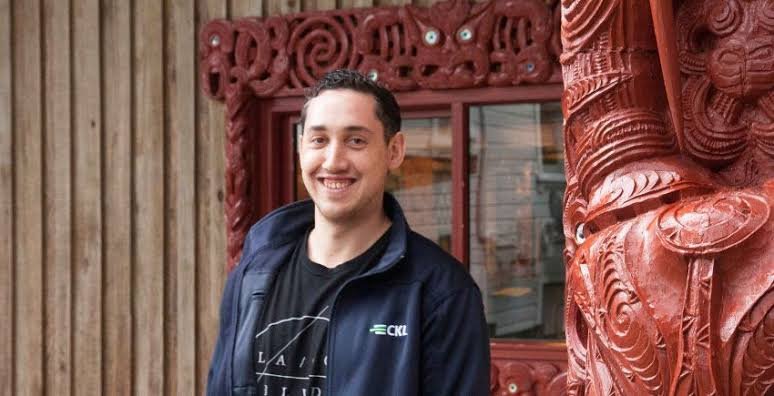Ka mua, ka muri:
Climate-resilient kāinga
The ‘Ka mua, ka muri’ project was centred on designing Māori housing and kāinga that enable Māori to be well-housed and at home on their whenua. Drawing from existing literature, we focused specifically on how whare and kāinga can be designed with the impacts of climate change in mind.
We held two wānanga with whānau at Pahaoa Marae (Te Kaha) in January and September 2023, and combined presentations from a range of experts, alongside activities, kai and kōrero, to explore what is important to consider in a climate-resilient kāinga.
Key findings:
Our ability to be climate-resilient goes beyond physical aspects of housing and kāinga design. Being resilient is about living together and being connected, in community.
Being resilient not only means having the ability to withstand increasingly frequent and severe weather events, but thinking about how we live so as not to exacerbate those impacts (including reducing the embodied carbon in new builds, or designing kāinga in ways that can encourage behaviours that reduce greenhouse gas emissions such as sharing use of electric vehicles).
The foundation of a resilient kāinga development is the whenua. Securing the whenua was recognised as a critical first step in setting the foundation for any aspects of ‘home’ to be realised. This step alone can be a long and challenging journey for many.
Resilience includes designing for the collective, and having the ability to remain in your whare or your kāinga ‘from the cradle to the coffin’. Accessible kāinga designed for all abilities can support people to age in place, and support aspects of cultural and social resilience that come from staying connected to whānau and whenua.
Sharing facilities (like a laundry or transport facilities) can support physical and social resilience. Shared infrastructure can encourage social connections amongst whānau, but it is important to consider a broad range of perspectives around what whānau are willing to share and the tikanga of how shared facilities are used and maintained.
Masterplanning is an essential component of kāinga design. Taking a long-term view allows that holistic view of the village and ensures infrastructure can be designed strategically from the start, irrespective of whether the build process will be staged over a number of years.
Moreover, masterplanning a kāinga is more than coming up with a housing plan; it’s about coming up with a whānau plan. A kāinga (or papakāinga) is much more than housing, and might include other activities on the land such as growing kai, harnessing and producing electricity, growing trees and plants, having areas for recreation, supporting business activities, and more. Masterplanning can be used as a tool for kickstarting conversations about how your whānau wish to live together on the whenua.
A challenge lies in simply starting conversations about climate-resilience, particularly in the face of immediate housing need. Our research highlighted the cathartic potential of the processes of coming together, of sharing information and building relationships, as the start of an ‘information web’ about climate-resilient kāinga.
Project Team
-

Dr James Berghan
PROJECT RESEARCHER
-

Kathleen Morrison
PROJECT RESEARCHER
-

Violet Pou
PROJECT RESEARCHER
-

Dr Fiona Cram
PROJECT MENTOR


